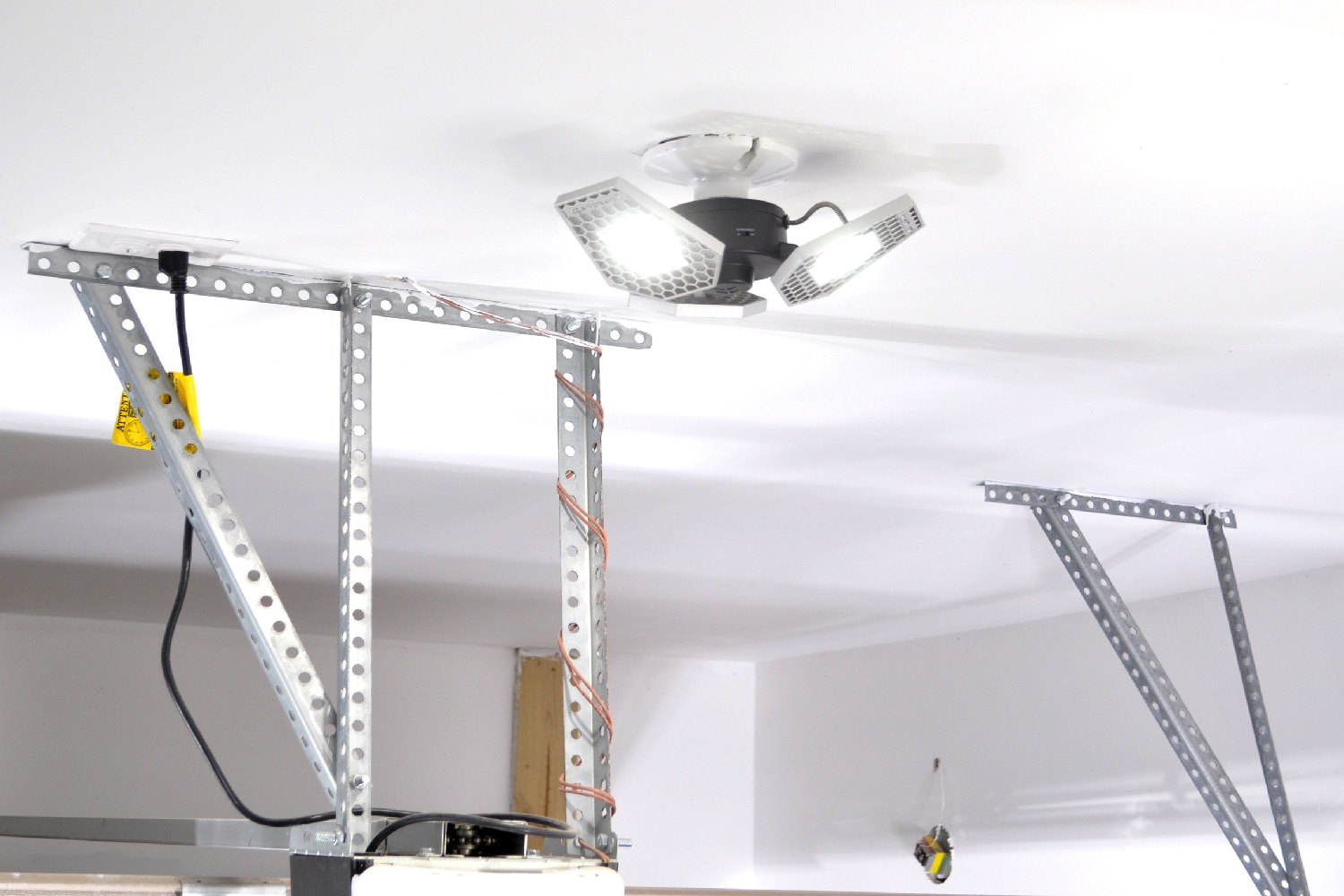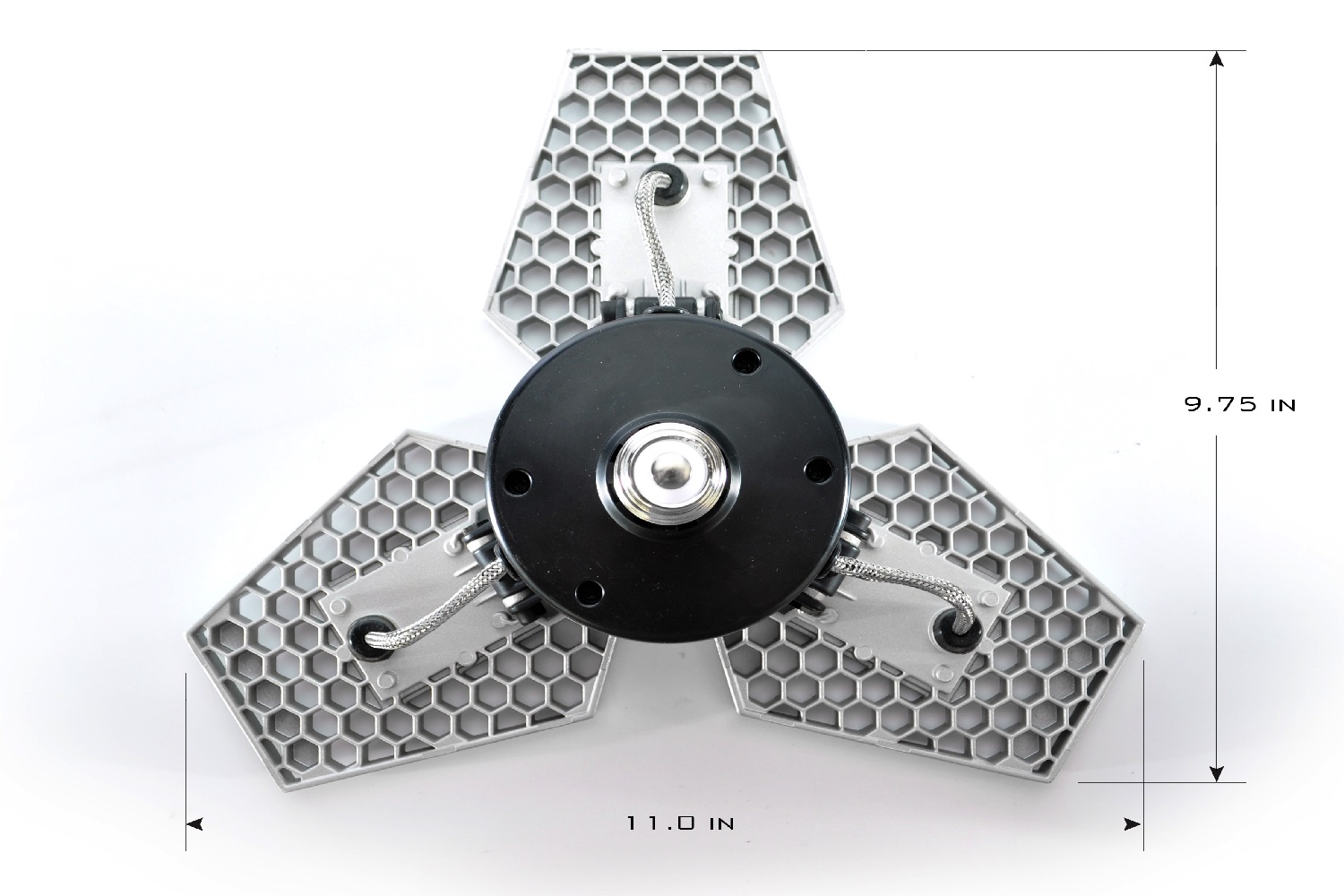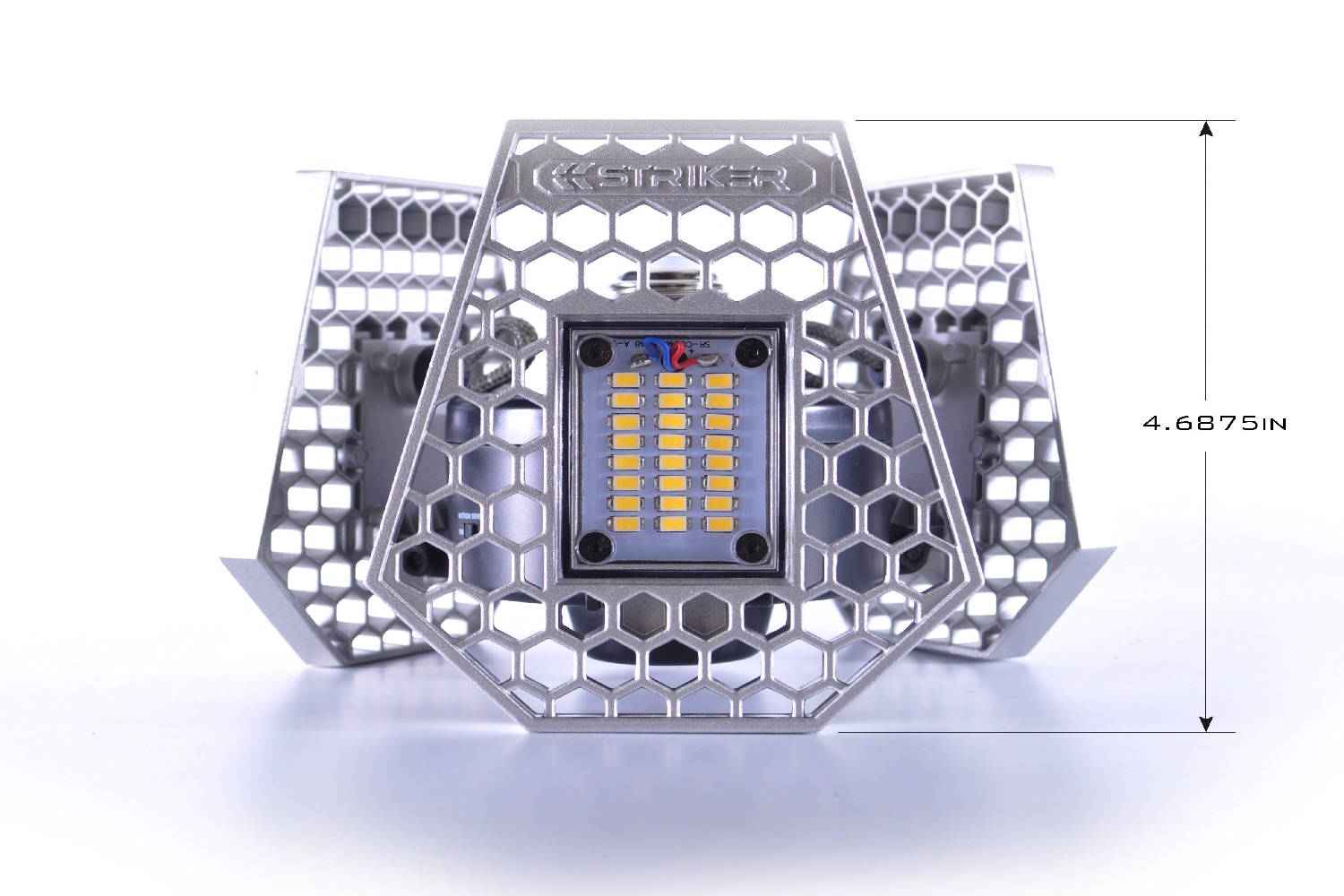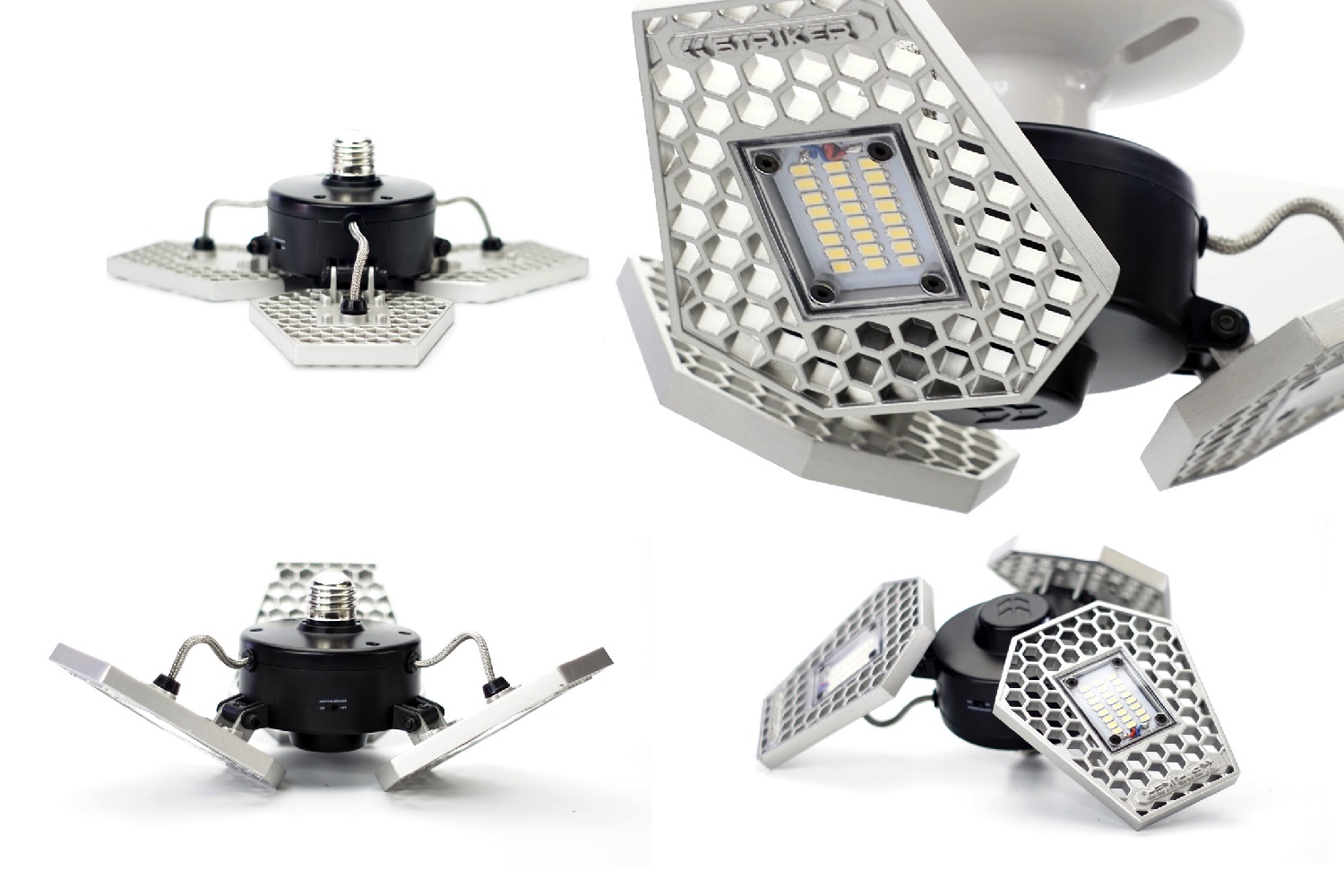“We were working on a bike project in the garage of one of our team members’ houses,” product designer Adrian Tetteh told Digital Trends. “Someone made a comment about how dark it was in there, and asked why we were working in such dimly lit conditions. That’s when we started brainstorming ideas. It was a great example of figuring out a way to solve a problem that we were personally experiencing.”
The solution they came up with is the focus of a new Kickstarter campaign: an attractive LED ceiling light that promises to illuminate any garage or basement in the home with more “power and sophistication than a traditional light bulb.”
“We didn’t want to create something which just looked like the standard light bulb you might buy anywhere,” Tetteh continued. “The goal was to make something that looked like a fixture that would actually be desirable to fit in your home. We wanted to give it a very industrial look. We did a lot of prototyping, involving 3D printing, and what we eventually came out with was something we felt was a unique solution.”
A mini powerhouse, the so-called TriLight pumps out a suitably impressive 3,000 lumens of light output. To put that number in perspective, consider that a regular 60-watt produces just 800 lumens of light. It won’t increase your electricity bill, either — and in fact it might actually reduce it since it draws just 25 watts of power to work.
Its other major innovation is an ultra-sensitive motion sensor, capable of detecting your presence when you open your garage door or enter a room. Conversely, it can also sense when there’s no one there and turn itself off again.
Best of all, the whole rig is straightforward to set up, which means you’ll be able to use it immediately.
“It’s a very easy installation that doesn’t require any extra hardware or for you to bring in an electrician,” Tetteh noted. “You simply unscrew the existing light bulb and then re-screw in the TriLight. It’s a plug-and-play solution.”
The Kickstarter is aiming to raise $10,000, after which the plan is to ship the TriLight in November. If you’re interested, make sure to check the Kickstarter link at the top of the page, where an early bird unit will set you back as little as $85.
Editors' Recommendations
- The Twinkly Matrix is a smart LED curtain with 500 mappable lights
- Twinkly’s new Dots LED string lights play nice with Razer Chroma
- Get double the length at half the cost on these smart LED strip lights today
- Wyze Night Light senses you in the dark to brighten your path








